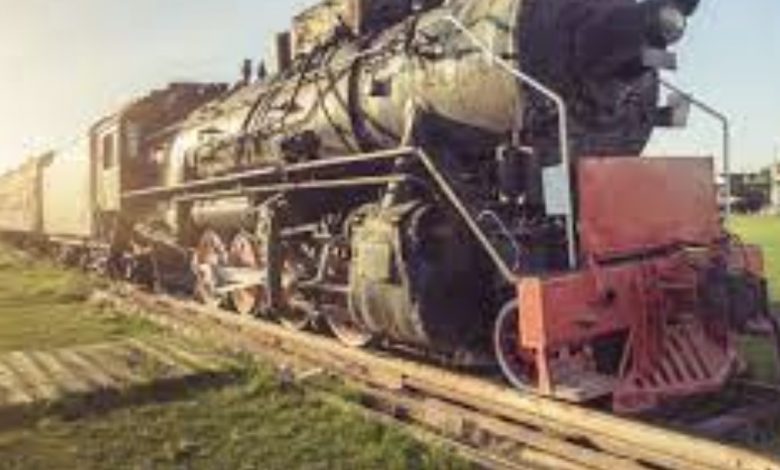There are various types of trains

There are various types of trains that are designed for particular purposes. A train can consist of a combination of one or more locomotives and attached railroad cars, or a self-propelled multiple unit, or occasionally a single or articulated powered coach called a railcar. Special kinds of train running on corresponding purpose-built “railways” are monorails, high-speed railways, maglev, atmospheric railways, rubber-tired underground, funicular and cog railways.
A passenger train consists of one or more locomotives and (usually) several coaches. Alternatively, a train may consist entirely of passenger-carrying coaches, some or all of which are powered; this is known as a “multiple unit”. In many parts of the world, particularly the Far East and Europe, high-speed rail is used extensively for passenger travel. Freight trains consist of cars, wagons or trucks rather than carriages, though some parcel and mail trains (especially Travelling Post Offices) appear outwardly to be more like passen
ger trains. Trains can also have mixed consist, with both passenger accommodation and freight vehicles. These mixed trains are most likely to be used for services that run infrequently, where the provision of separate passenger and freight trains would not be cost-effective, but the disparate needs of passengers and freight means that this is avoided where possible. Special trains are also used for track maintenance; in some places, this is called “maintenance of way”.
In the United Kingdom, a train hauled using two locomotives is known as a “double-headed” train. In Canada and the United States, it is quite common for a long freight train to be headed by three or more locomotives. A train with a locomotive attached at both ends is described as “top and tailed”, this practice typically being used when there are no reversing facilities available. Where a second
locomotive is attached temporarily to assist a train when ascending steep banks or gradients (or to provide braking power for a descent), this is referred to as “banking” in the UK. Many loaded trains in the US are assembled using one or more locomotives in the middle or at the rear of the train, which are then operated remotely from the lead cab. This is referred to as “DP” or “Distributed Power.”
Terminology
